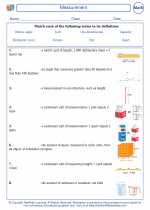Variables
In mathematics, a variable is a symbol used to represent an unknown or changing quantity. It is called a variable because its value can vary or change in different situations. Variables are used to write and solve equations, as well as to represent relationships between quantities.
Types of Variables
There are two main types of variables: independent variables and dependent variables.
Independent Variable
The independent variable is the variable that is changed or controlled in a scientific experiment. It is plotted on the x-axis of a graph. For example, in an experiment to study the effect of different amounts of light on plant growth, the amount of light would be the independent variable.
Dependent Variable
The dependent variable is the variable being measured or tested in a scientific experiment. It is plotted on the y-axis of a graph. Using the same example, the plant growth would be the dependent variable, as it depends on the amount of light it receives.
Examples of Variables
Here are a few examples of variables in mathematical equations:
- x + 5 = 10
- y = 2x - 3
- a2 + b2 = c2
In these examples, x, y, a, b, and c are all variables representing unknown quantities that can take on different values.
Why Variables are Important
Variables are important in mathematics and science because they allow us to represent and solve problems that involve unknown or changing quantities. They also help us understand and analyze relationships between different quantities and how they affect each other.
Understanding variables is crucial for solving equations, interpreting graphs, and conducting scientific experiments.
Conclusion
Variables are essential tools in mathematics and science for representing unknown or changing quantities, as well as for analyzing relationships between different quantities. By understanding and using variables, we can solve equations, interpret data, and make predictions about how quantities will change in different situations.
Remember, a variable is a symbol used to represent an unknown or changing quantity, and it plays a key role in many mathematical and scientific concepts.
.◂Math Worksheets and Study Guides Fourth Grade. Measurement

 Activity Lesson
Activity Lesson
 Activity Lesson
Activity Lesson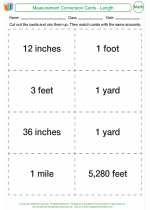
 Activity Lesson
Activity Lesson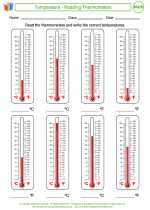
 Worksheet/Answer key
Worksheet/Answer key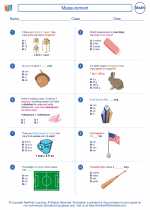
 Worksheet/Answer key
Worksheet/Answer key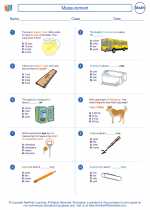
 Worksheet/Answer key
Worksheet/Answer key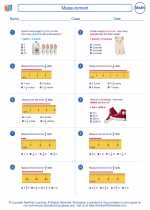
 Worksheet/Answer key
Worksheet/Answer key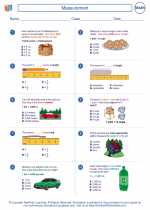
 Worksheet/Answer key
Worksheet/Answer key
 Worksheet/Answer key
Worksheet/Answer key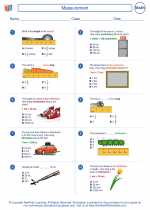
 Worksheet/Answer key
Worksheet/Answer key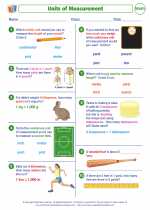
 Worksheet/Answer key
Worksheet/Answer key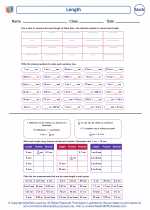
 Worksheet/Answer key
Worksheet/Answer key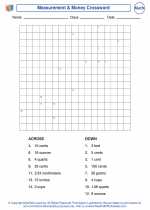
 Worksheet/Answer key
Worksheet/Answer key
 Vocabulary/Answer key
Vocabulary/Answer key
 Vocabulary/Answer key
Vocabulary/Answer key
 Vocabulary/Answer key
Vocabulary/Answer key